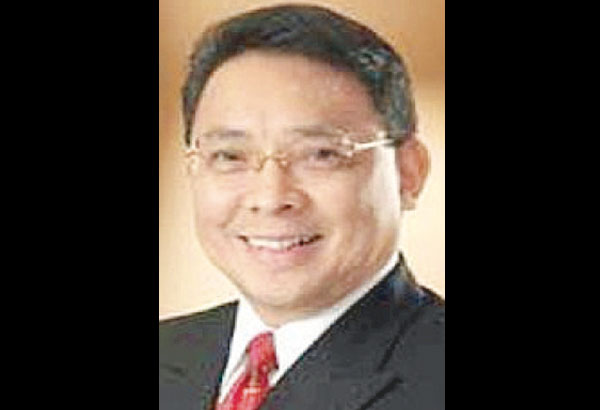
MANILA, Philippines - Initial results of stress tests conducted by banks validated the assessment made by the Bangko Sentral ng Pilipinas (BSP) that there are no risks from the real estate market.
BSP Deputy Governor Diwa Guinigundo said initial results of the real estate stress tests conducted by banks showed the capital adequacy ratio (CAR) of banks would remain above the central bank requirement even if 25 percent of their real estate loan portfolio turns sour.
“At this point we don’t see any signs of stress in the real estate sector,” Guinigundo said.
The central bank has asked banks to submit data on their real estate portfolio to include exposure in socialized housing as well as debt incurred through the issuance of bonds to finance real estate activities.
“We now have a more comprehensive definition of the exposure to real estate. It’s more dependable,” he said.
Based on the new definition of the exposure of banks to real estate, Guinigundo said stress tests conducted by big banks showed that their CAR would still be above the 10 percent requirement set by the BSP and the eight percent threshold set under the Bank for International Standards (BIS).
“Even if they factored in a 25 percent souring of the loans on real estate, they are still above the 10 percent regulatory capital that we imposed on the banks,” Guinigundo said.
Aside from the BIS methodology, he said the BSP also used the International Monetary Fund (IMF) identification of asset bubbles.
“Those two tests will show that we are far from the so-called danger level,” he added.
The CAR of big banks stood at 15.48 percent on a solo basis and 16.42 percent on a consolidated basis as of end-June last year reflecting their continuous efforts to maintain adequate capital buffer against unexpected losses that may arise during times of stress.
The BSP stepped up its watch over the real estate sector as early as 2012 by ordering banks to disclose more comprehensive reports on their exposures to property industry.
The pre-emptive macroprudential policy measure approved by the BSP required stress tests for banks to determine if their capital will be enough to absorb credit risk that may arise from their exposure to the property sector.
Banks’ exposure to real estate jumped 21.8 percent to P861.22 billion in end-November from P708.88 billion in end-September last year. The sector accounted for 17.5 percent of banks’ total loan portfolio of P4.91 trillion as of end-November.
The BSP has set the cap on real estate loans at 20 percent of the bank’s total loan portfolio.
Guinigundo added that real estate developers are now more prudent after learning their lessons during the Asian financial crisis in 1997.
“We can also say that we are in touch with various real estate developers, the bigger ones, and it is very comforting to know that our developers have become more prudent, more discreet with respect to their expansion plans,” he said.
No comments:
Post a Comment